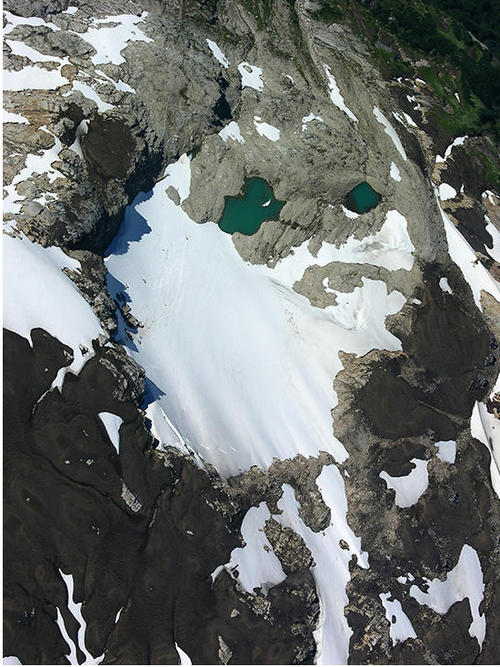Hot trail on Monte Verde - The mystery of the first Americans
ZDF - Based on research within the DFG project “Phylogeographical analyzes of Patagonian terres-trial gastropods as a tool for understanding regional late Quaternary glacial dynamics”
May 31, 2021
Hot trail on Monte Verde - The mystery of the first Americans.
First broadcast on ZDF: October 3, 2006, 7:30 p.m., 45 min
Authors: Gisela Graichen and Peter Prestel
Based on research as part of the DFG project “Phylogeographical analyzes of Patagonian terres-trial gastropods as a tool for understanding regional late Quaternary glacial dynamics” (together with Prof. Dr. Thomas Wilke, University of Giessen)
Scientific background and content of the film
When and how did the first people reach Tierra del Fuego, the southernmost part of the South American continent? The previously generally accepted scenario describes an immigration of the first people to North America via the Bering land bridge, which still existed at the time, around 12,000 years ago, towards the end of the last ice age. The first Americans are said to have been big game hunters, and their descendants moved further and further south through the interior until they reached Tierra del Fuego a few millennia later. Current research shows that humans were in South America earlier than they first crossed the Bering Land Bridge. Remains of settlements near Monte Verde in southern Chile are significantly older than 12,000 years. These data were and are doubted and sometimes fanatically fought by many archaeologists who are firmly set in their hypotheses. But there is no doubt, the scientific evidence is clear: America was settled much earlier than previously thought, and with the help of boats. A Bering Land Bridge was therefore not necessary for the settlement of America, even if it was later used by humans. Canoe Indians advanced along the coast as far as Tierra del Fuego, long before big game hunters also arrived there in another wave of immigration. It was previously assumed that the expansion of the Patagonian ice sheets during the last ice age to reach the Pacific prevented the Canoe Indians from advancing further south. An expedition by the Free University of Berlin was intended to clarify things, and the research results show that not only were there ice-free areas along the coast that made migration south possible, but the environmental conditions at Monte Verde were actually suitable for people to move there more than 100 years ago were able to settle successfully 12,000 years ago.
Reach and audience reactions
The film was broadcast for the first time on ZDF during prime time on “German Unity Day” in 2006 and reached around 3.5 million viewers. Since then it has been repeated comparatively frequently on Phoenix, 3 Sat and ZDF Doku, also reaching viewers from Austria and Switzerland. Interest beyond the German-speaking area is indicated, for example, by the film's broadcast in October 2007 as part of the “Cinema Archeologico Di Rovereto” (Italy). The audience comments addressed directly to me were exclusively very positive. ZDF listed the film as one of the channel's most successful documentaries in 2006.

Chile. Fly over the Patagonian ice fields to see the extent of climate-controlled glacier dynamics. At the edge of the system, cooled black lava from a recent volcanic eruption borders a melting snowfield. The meltwater created two blue lakes (Photo: F. Riedel 2006).
